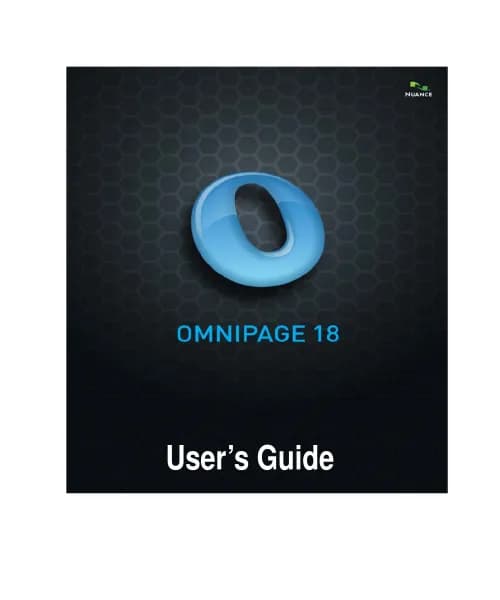Nuance Dragon NaturallySpeaking 11 handleiding
Handleiding
Je bekijkt pagina 7 van 108

Copyright 2011 Nuance Communications, Inc. All rights reserved
7
Creating a User Profile
Dragon NaturallySpeaking is speaker-dependent software. To recognize your speech accurately, it must have
information including how you sound and what words you use often, as well as what optional settings you have
and what audio device(s) you use. The data it uses to recognize what you say is stored in a set of files referred
to collectively as your “user profile,” or “profile” for short.
Your profile is very important; the more personalized it is, the better your experience will be. It’s worth
creating it carefully (or upgrading it if eligible) so you can have the best possible start with Dragon, as
described in this lesson. (As you will see later, there are many ways for your profile to be refined over time,
and some of them don’t even require action on your part.)
Note
: Profiles from Version 9 or 10 can be brought into Version
11. Dragon’s Upgrade Wizard can automatically detect existing
profiles. (It is available any time from the Windows Start menu,
under Dragon NaturallySpeaking tools.)
IMPORTANT: The Wizard will list ALL available profiles; use its
Remove button as needed before clicking Next. After the
upgrade completes, we recommend running Accuracy Tuning.
See the Help for details.
A series of screens will walk you through the profile-creation process. This includes indicating your
microphone’s type and verifying your sound system, as well as general training, an optional step where you
read aloud for a few minutes so Dragon start adapting its acoustic model to the unique way you sound.
Here are important tips to help you achieve high accuracy right from the start.
Consistency matters! For best results, create your profile in your “normal” environment, with the same •
background noise and equipment as when you will usually do your dictations.
If you want to test your microphone independently of Dragon, you can use Sound Recorder, a Windows •
accessory accessible from the Start menu (usually located at the bottom left corner of the screen).
If you already have a Dragon profile and want to use another type of audio input device, add a source •
to your profile instead of creating a separate profile. (Open the DragonBar’s Profile menu and choose
“Add audio source to current User Profile.” Details are below.)
Step 1: Connect your microphone (all the way in) and position it correctly. If using a
headset, adjust its size so that it feels stable and comfortable (it should not
press your glasses). The microphone’s listening side must face the corner of
your mouth (not the front) about an inch away. It must not touch your hair or
catch breathing sounds. Bend the “boom” if needed. You might experiment a
bit to find what works best for you. When you use Dragon, aim for consistency
in your microphone position!
IMPORTANT NOTES
:
Noise-canceling microphones only listen on one side; check that your •
microphone’s listening side is parallel to your face, not tilted up. That
side is often marked by a (raised) dot or the word TALK, which on some
models is not visible unless you lift the foam cover slightly
.
Bekijk gratis de handleiding van Nuance Dragon NaturallySpeaking 11, stel vragen en lees de antwoorden op veelvoorkomende problemen, of gebruik onze assistent om sneller informatie in de handleiding te vinden of uitleg te krijgen over specifieke functies.
Productinformatie
| Merk | Nuance |
| Model | Dragon NaturallySpeaking 11 |
| Categorie | Niet gecategoriseerd |
| Taal | Nederlands |
| Grootte | 21669 MB |





